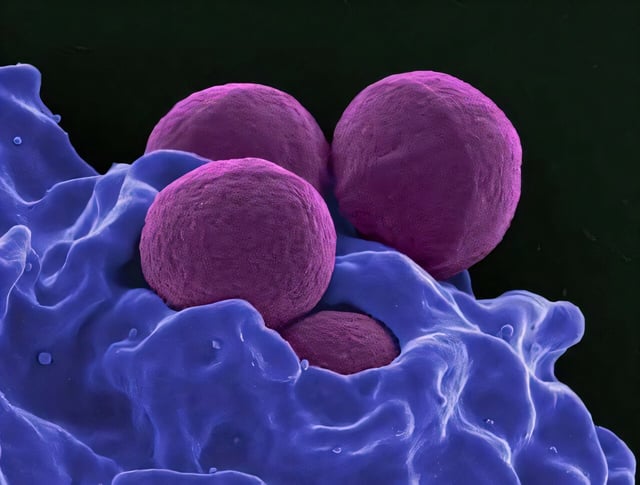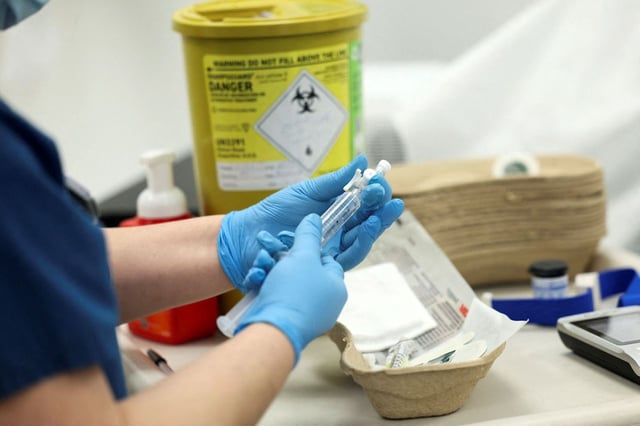Overview
- MIT researchers used generative AI to design and computationally screen over 36 million virtual compounds, prioritizing chemical novelty while excluding predicted cytotoxic or library-derived structures.
- Two lead compounds, NG1 and DN1, demonstrated bactericidal activity by disrupting bacterial membranes—NG1 interacting with LptA in drug-resistant Neisseria gonorrhoeae and DN1 clearing MRSA skin infections in mouse models.
- Only two of 80 shortlisted gonorrhea molecules and 22 of 90 MRSA designs could be synthesized, illustrating practical limits on translating virtual hits into testable compounds.
- Phare Bio has commenced medicinal chemistry optimization and preclinical testing of NG1 and DN1 to improve pharmacological profiles and prepare for manufacturing scale-up.
- Observers and study authors stress that safety evaluations, manufacturing scale-up, economic incentives and multi-year clinical trials remain critical hurdles before these AI-designed antibiotics could reach patients.

